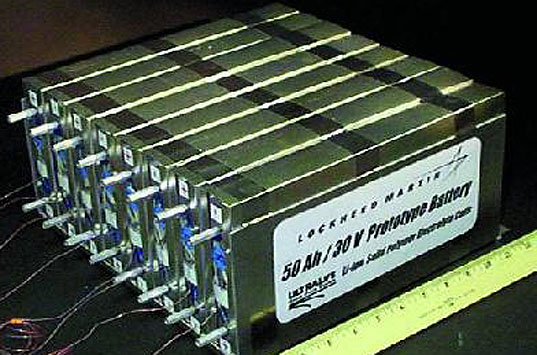How “Green” is Lithium?
This is a growing question, at Secure Data Recycling we are starting to see the impact of the new Lithium batteries coming through for recycling.
The increasing demand, puts increased demand on supply and pressure on the environment.
There are many reports available on the ecological impact of lithium mining.
- Elemental lithium is flammable and very reactive. In nature, lithium occurs in compound forms such as lithium carbonate requiring chemical processing to be made usable.
- Lithium is typically found in salt flats in areas where water is scarce. The mining process of lithium uses large amounts of water. Therefore, on top of water contamination as a result of its use, depletion or transportation costs are issues to be dealt with. Depletion results in less available water for local populations, flora and fauna.
- Toxic chemicals are used for leaching purposes, chemicals requiring waste treatment. There are widespread concerns of improper handling and spills, like in other mining operations around the world.
- The recovery rate of lithium ion batteries, even in first world countries, is in the single digit percent range. Most batteries end up in landfill.
- In a 2013 report, the U.S. Environmental Protection Agency (EPA) points out that nickel and cobalt, both also used in the production of lithium ion batteries, represent significant additional environmental risks.
We all enjoy the reduced size and increased power that lithium batteries offer, but we must realise the impact they potentially have on the environment.


